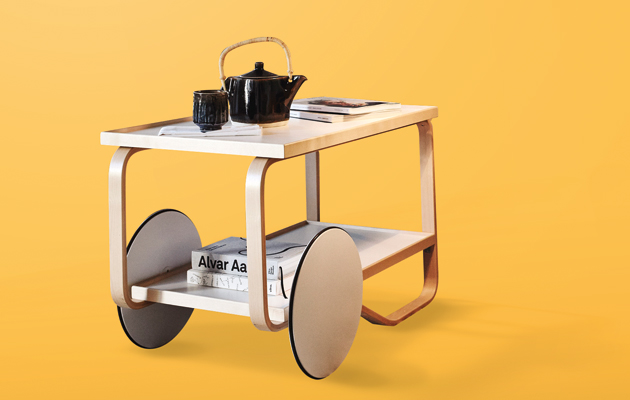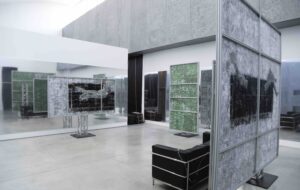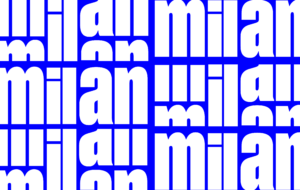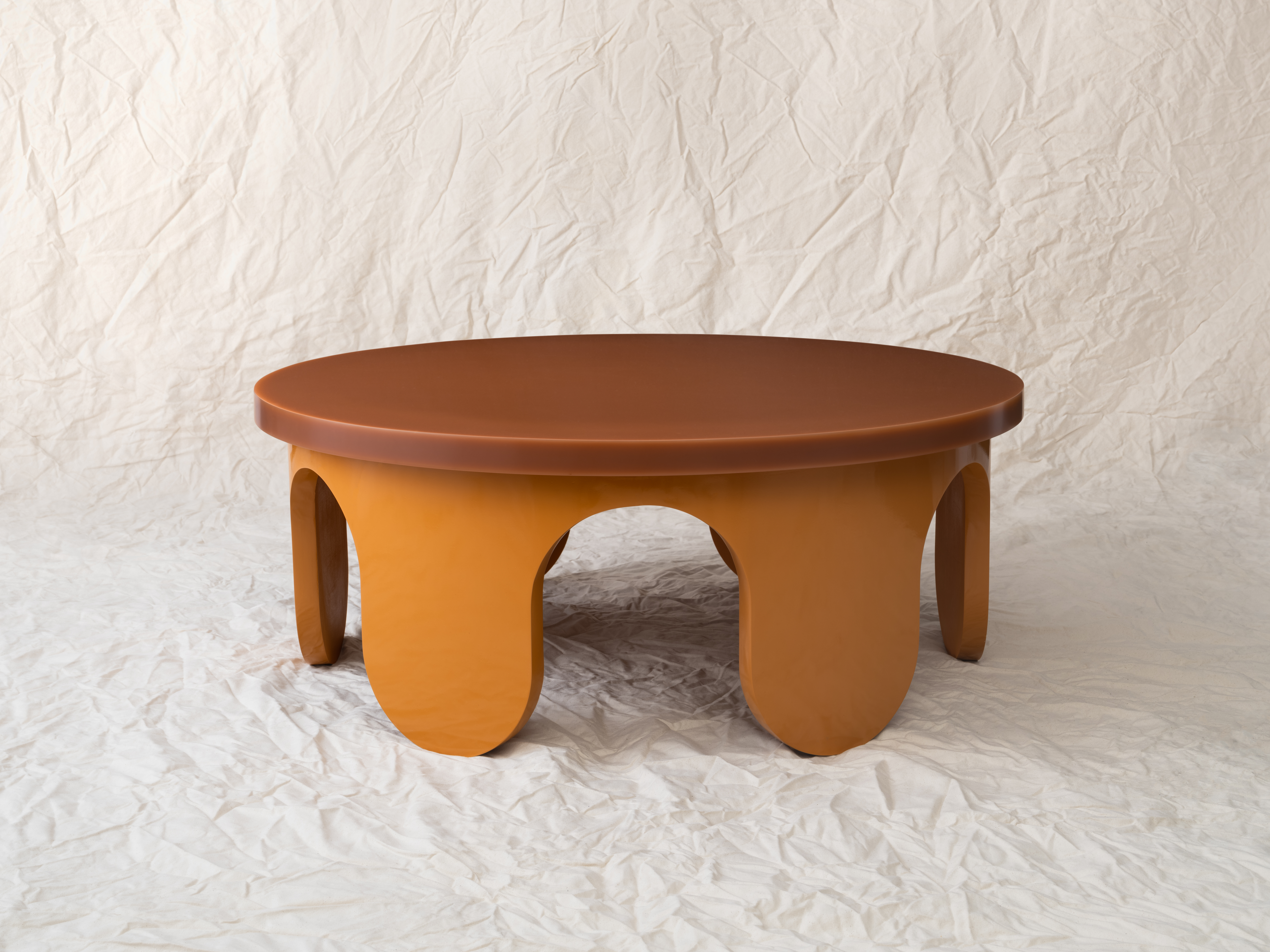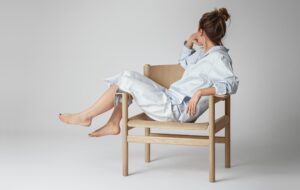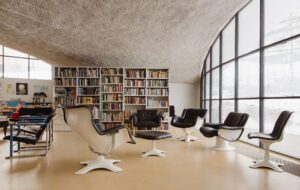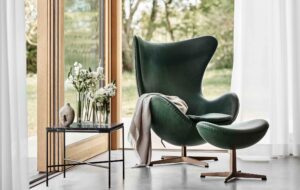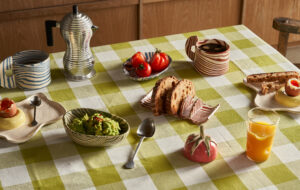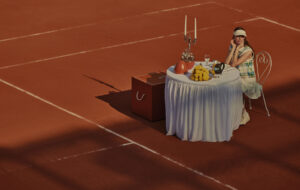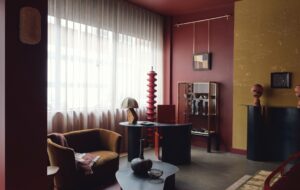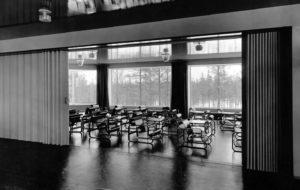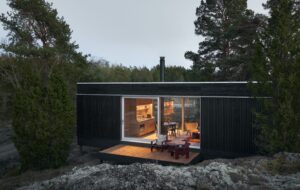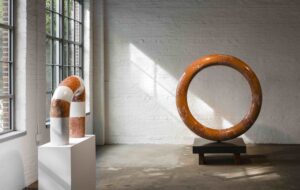|
|
||
|
Blurring the boundaries between lounge furniture and kitchen accessory, Alvar Aalto’s mobile icon receives a tonal update As open-plan homes become the norm, relaxed, multifunctional furniture – once the staple of the living room – is starting to find a new life in the kitchen. Launched in Milan, and now in the shops, Hella Jongerius’s take on Artek co-founder Alvar Aalto’s 1936 Tea Trolley 901 taps into this fluidity and plays to the Dutch designer’s strength – a consummate grasp on the emotional and experimental potential of colour. Jongerius mined the archive for material references, including patina, scarlet stains, tiled shelves, rattan boxes and – her favourite – a pale frame with an accented black handle. It’s a later model – with twin dark and light iterations – that she nods to in her update, using it to explore the complexity of the colour spectrum by presenting viewers with shifting understandings of “white” and “black”. “White is not just white,” Jongerius explains. “I’m playing with very slight tonal variations, and toying with the difference between the colour in light and in shadow.” In the pale version the birch frame is finished with an eggshell linoleum tier but uses a bright white laminate for the perpetually shadowed lower shelf. It’s only on inspection that the difference is revealed. The idea is echoed in the dark model, with aubergine and black shades. “It’s a more interesting way to update a classic than just giving it a new colourway,” she adds. Jongerius honed the process with technicians at A-Factory, the Finnish site that has been producing Aalto’s pieces since the 1930s and was bought by Artek owner Vitra. Industrial lacquers were chosen for their stability, and prototypes were tested in a variety of light conditions. The project marks Jongerius’s second venture into the Artek archive, after working on an upholstered version of its Stool 60 last year. “Re-interpretations of classic pieces are an essential way to take care of our heritage,” she asserts. “We don’t have to make something new each time. It’s important to the profession that we keep on updating our icons.” |
Words Laura Snoad |
|
|
||

